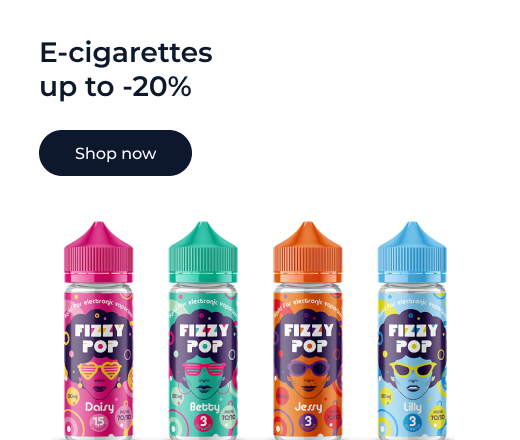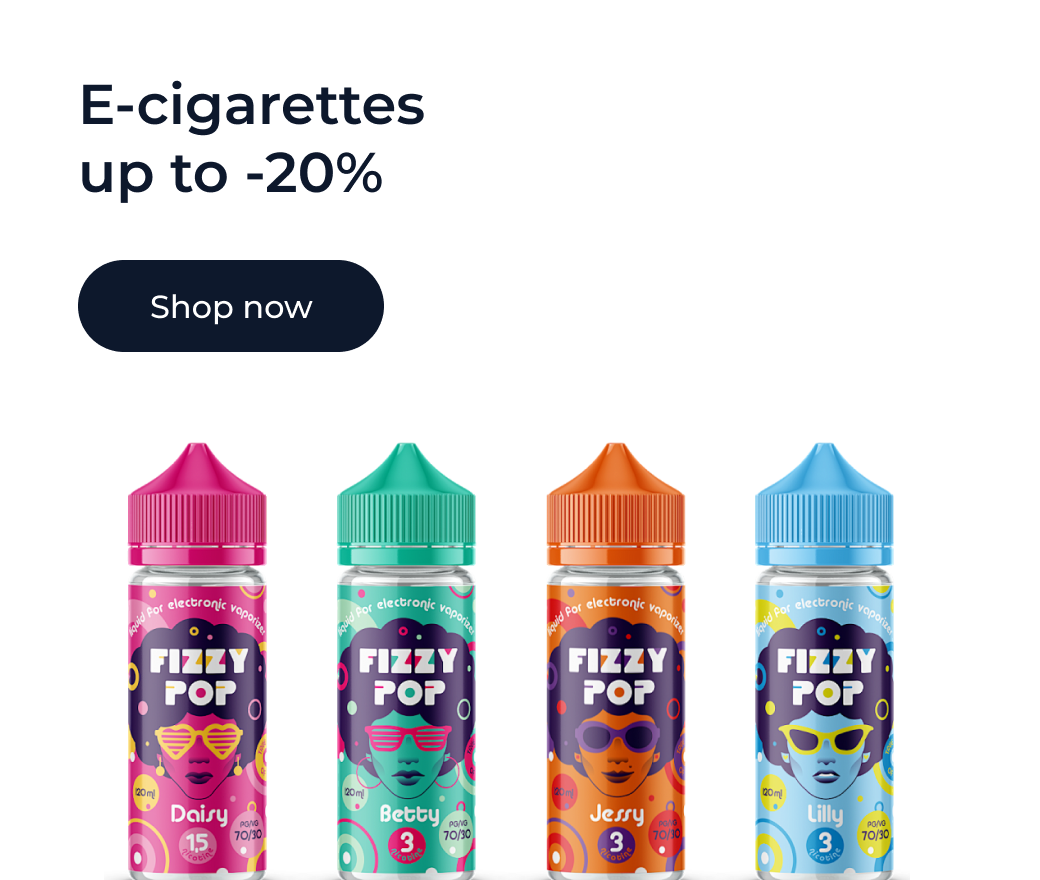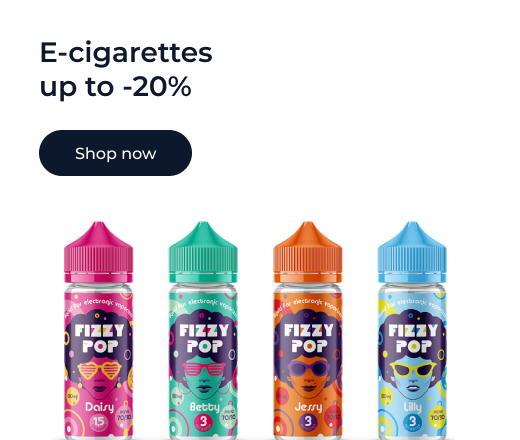13.Latest study: Comparative study suggests minimal difference in aldehyde levels between flavoured and unflavoured e-liquids
2020-01-07
The media are often quick to pick up and report on the negative studies on the safety of e-cigarettes. Rarely do they report on the positive ones. It’s easy for the favourable ones to go unnoticed. Not today…
We report on the latest positive study that looks at the aldehyde levels emitted from flavoured e-liquids compared with non-flavoured ones and which challenges a previous negative study on the same topic.
Flavoured E-liquids
Flavourings are a crucial feature of e-liquids. Afterall, how can you entice a smoker to switch to vaping with a bland tasting e-liquid? And there is a myriad of flavours out there – tobacco flavour e-liquids, ice menthol and mixed fruit to name a few.
E-cig Regulation and Flavourings
The rules on the manufacture and sale of e-juices are laid down in the Tobacco Products Directive – known as the TPD – which came into force in May 2016. The TPD regulations are designed to protect vapers by establishing minimum safety and quality standards.
Under TPD, e-liquid manufacturers must notify the health agencies of the flavourings used in their products along with toxicological information.
All e-liquids – provided they contain nicotine – must be compliant with TPD before being sold.
TPD Testing
The rules mean e-liquids must undergo a TPD e-liquid test at a specialist lab before they can be placed on the market – this is just one of the ways the TPD ensures products are safe to use. How are they tested? In brief, a device is filled with e-liquid, activated and the emitted vapours (such as aldehydes) are captured, analysed and reported to the health agency.
What are aldehydes?
Aldehydes are a group of chemicals which include acetaldehyde, acrolein and formaldehyde. These chemicals are present in small quantities in the environment and in some of the foods we eat. In low quantities they are relatively harmless to humans but in high levels they can be toxic. Exposure to aldehydes can cause irritations and, in high doses, can cause cancer.
Background to the latest study
In 2016, two scientists – Khlystov and Samburova (‘KS’) – studied the differences in the aldehyde emissions between flavoured and unflavoured e-juices. They found that flavoured e-liquids emitted 10,000 times higher aldehyde emissions than unflavoured ones – a result that would probably put off the most ardent supporters of vaping.
The scientists, based at the Desert Research Institute in Nevada, concluded that the levels of aldehyde from the flavoured e-liquid were so high that they exceeded occupational safety standards – a globally-recognised measure of safety in the workplace.
A repeat of the KS test
A new study published this year by Farsalinos, a well-known vaping research scientist from the Onassis Cardiac Surgery Center in Greece, contradicts the conclusions of the KS study.
What Farsalinos and his team did was to repeat the KS test. Using similar materials and methods they sourced three of the e-liquids from the 2016 study and conducted the test again. The results led to a very different conclusion – but we will come back to that.
Test with new generation hardware
In addition to repeating the KS study, Team Farsalinos conducted a second test similar to the first but with one key difference – they used new gen hardware.
It is important to note that the KS study used hardware that was somewhat outdated: a variable-voltage battery and an atomizer with silica wick. Farsalinos’ study used a more recent generation system (although not the latest): a variable wattage battery and an atomizer with cotton wick.
The Results!
The findings of both tests, the repeat of the KS test and the one with the new gen hardware, were that aldehyde levels were substantially lower compared to the KS test. A break down is presented below:
Repeated Test vs KS:
Formaldehyde was detected at levels 589 times lower compared to the KS test
Acetaldehyde was detected at levels 204 times lower
Acrolein was detected at levels 30 times lower
New Gen Hardware Test vs KS:
Formaldehyde was detected at levels 1084 times lower
Acetaldehyde was detected at levels 673 times lower
Acrolein was detected at levels 292 times lower
In conclusion
The results of the new Farsalinos study does not back up the conclusions made by KS: that flavoured eLiquids emit so much more aldehyde (10,000 times more) than unflavoured e-liquids.
Instead, the new research suggests flavours in e-liquids have only a limited impact on aldehyde levels in the vapour.
Farsalinos and his team accept that flavourings in e-liquids may contribute to higher aldehyde in vapour but – importantly – they report that the levels were lower than indoor level and occupational safety limits.










